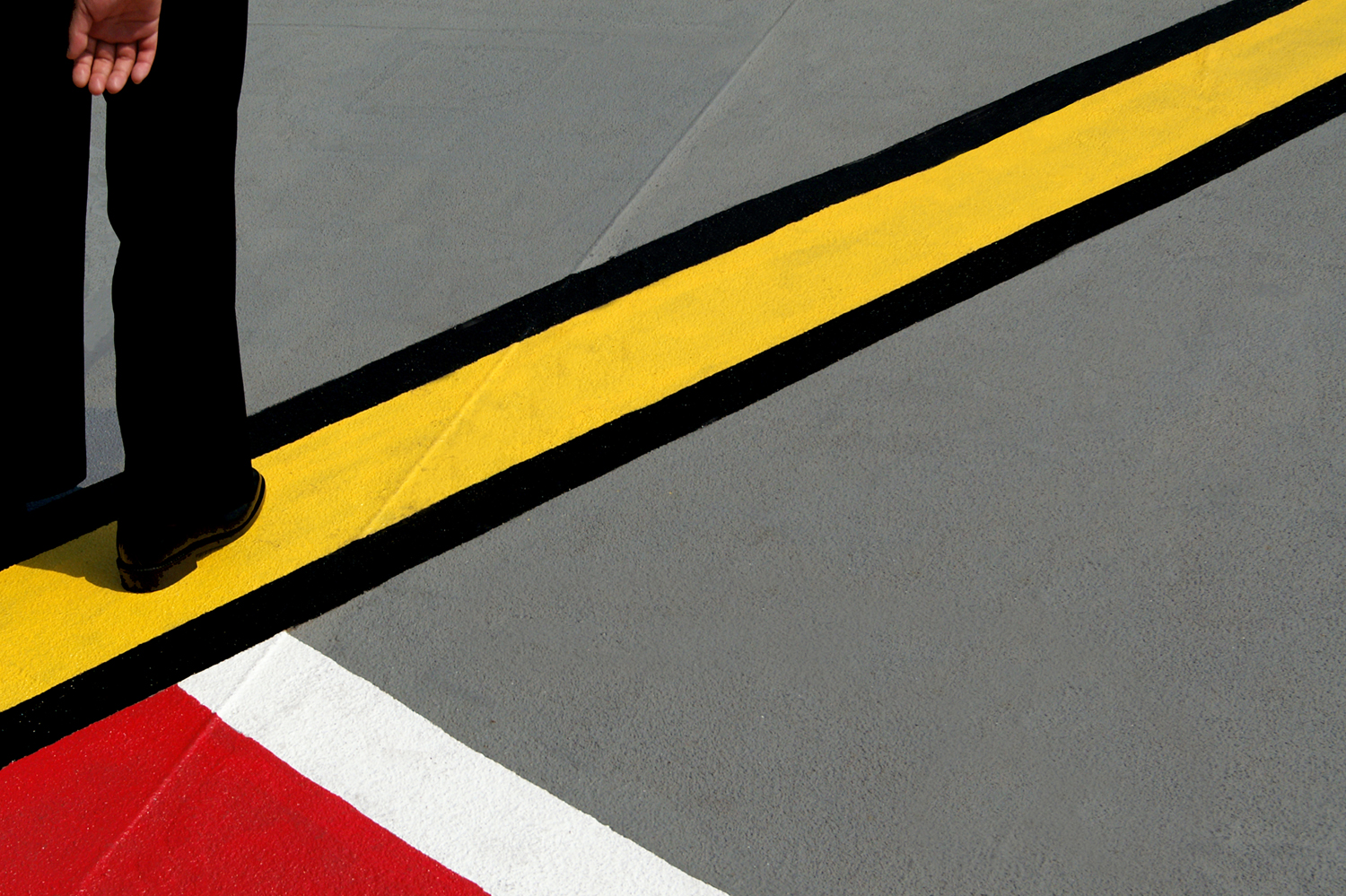
Interview Street photography
Siegfried Hansen
The truly legendary street photographer and educator Siegfried Hansen explains his way of working and philosophy on photography.

Tell us a little about your background – what path led you to becoming a photographer, and to doing what you’re doing today?
I started as a typical ‘snapshot’ photographer. But in 2002, I saw an exhibition by André Kertész that very much impressed me and completely changed my way of looking at my environment. That’s when I discovered my passion for street photography and since then, I have been carrying the camera with me wherever I go.
I am taking pictures around the world for the last 20 years and loves to teaching photography, in person and over the internet. I am running Street Photography Workshops for beginners or advanced students, in english or german. Since 2022 I am a MasterClass Referent from the Leica Akademie Germany.
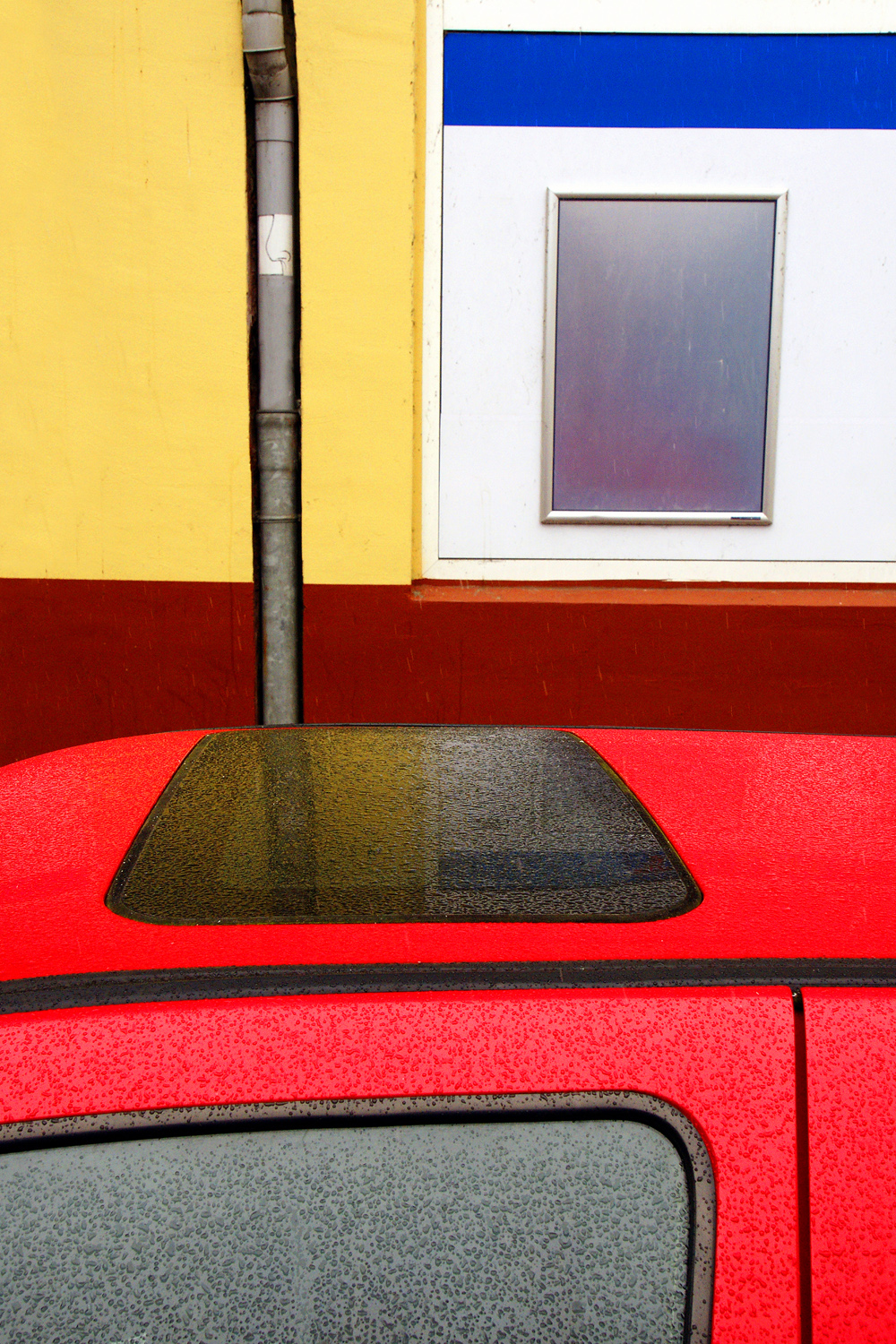
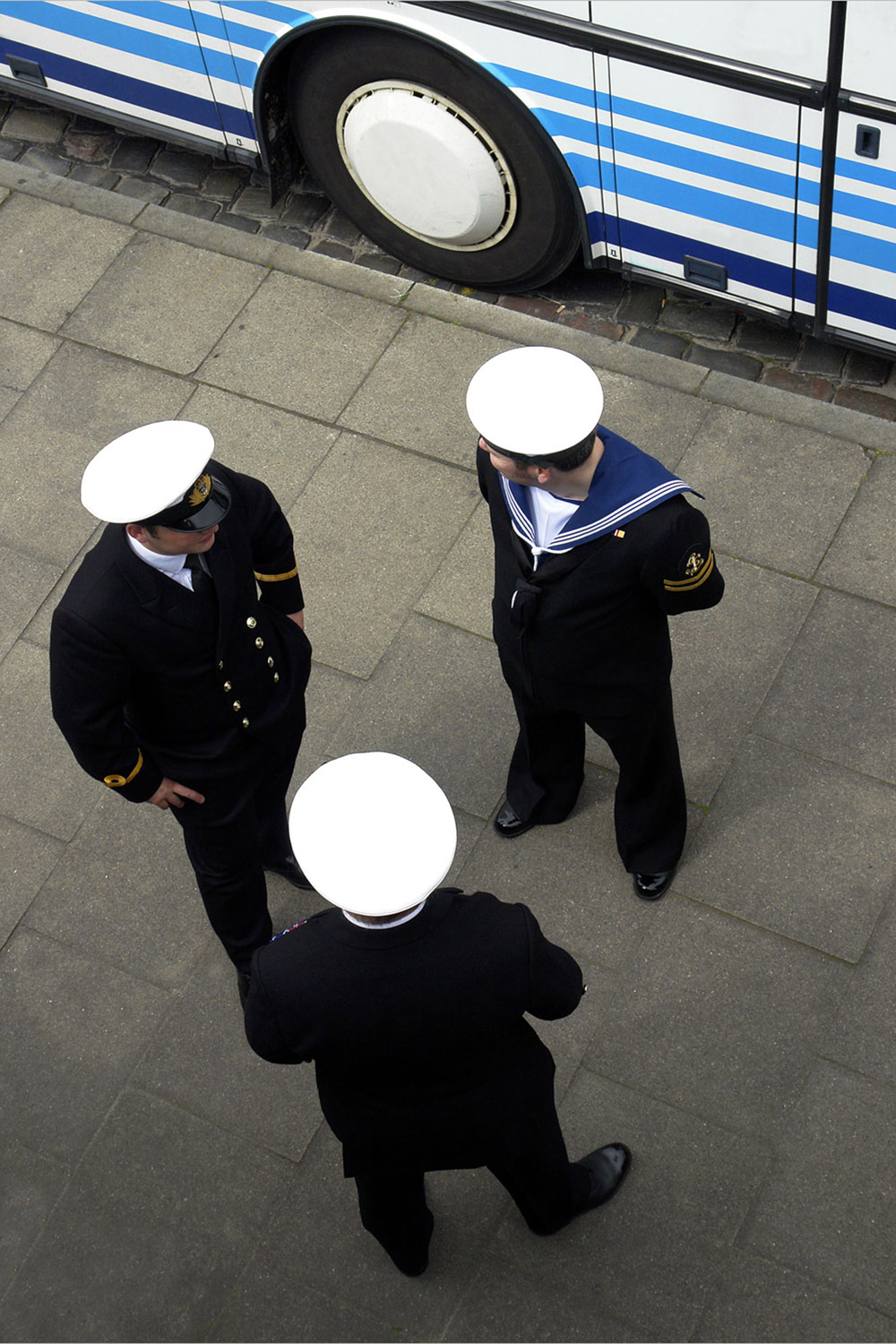
How would you describe your work?
My photographic style is intuitive, and I am not planning what kind of photos I will take once I am walking through the streets. The street is like a “stage”. Usually places with graphic patterns arouse my interest first. Once I have found the appropriate place, I am waiting for an interesting scene that displays and completes the entire pictures even more interestingly.
After many years of experience, I quickly realise whether a situation can be made even more interesting.
Photography requires my mind and eyes to work in harmony, since there is a unique relationship between time, space and perception. One has to be very concentrated to compose these different layers. However, the process should be rather intuitive. Otherwise the pictures lose character and become too “technical”.

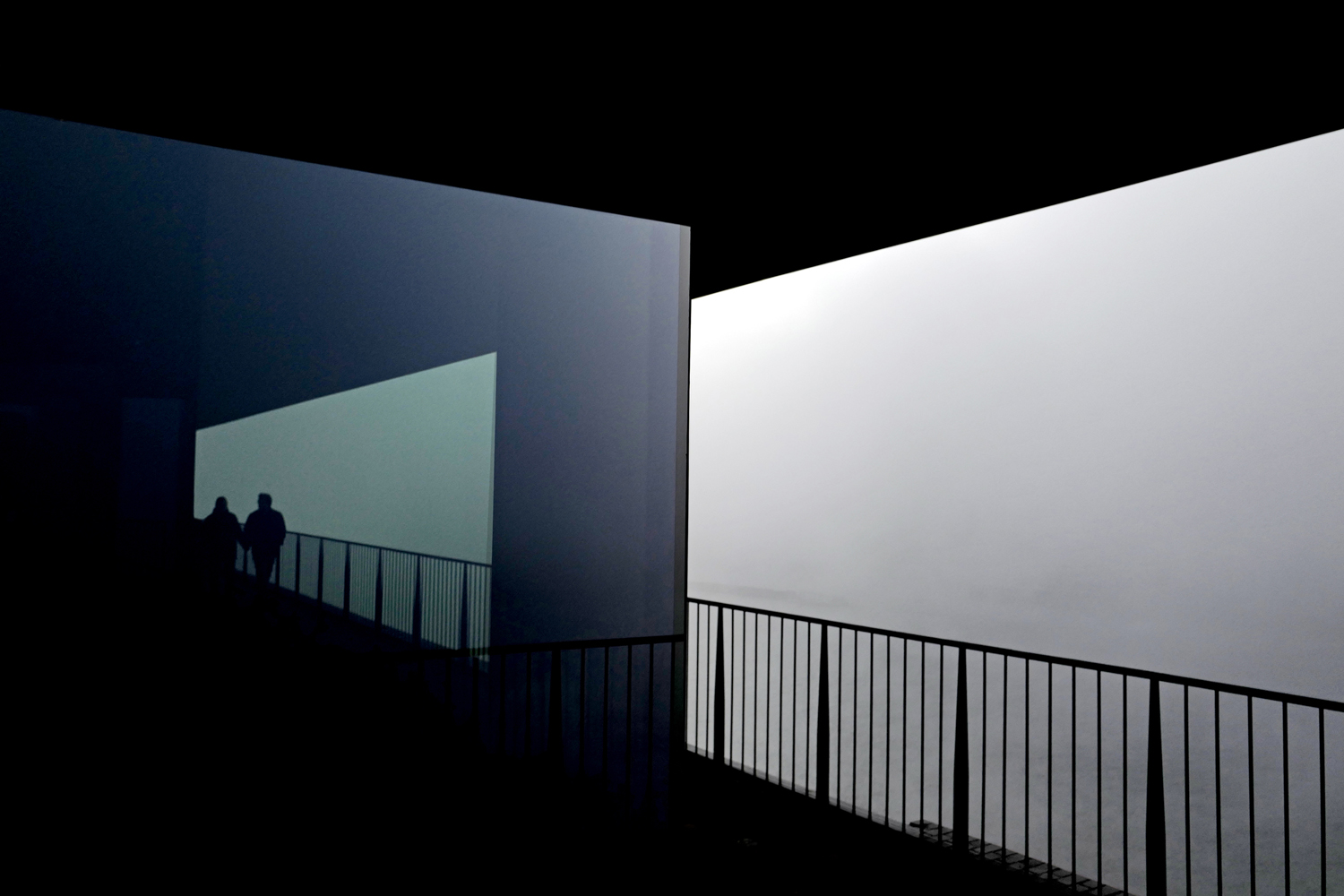
What defines a good picture for you? Or what are you looking for in a picture?
A good picture is for me if the viewer deals with the scene for a while. My pictures are based on 2 levels, fore- & background. Very often it hides an “Aha”- effect for the viewer. If the viewer recognizes this “Aha” effect, then I am satisfied.
How did you get into the Leica system?
I have been using the Leica Q / Q2 for quite a while. The camera is handy, quick and takes high-quality pictures. Because of the 28mm lens, I’m forced to get closer to the objects. On the other hand, it’s very good for capturing the whole space. This is precisely what works so well for my graphic images.
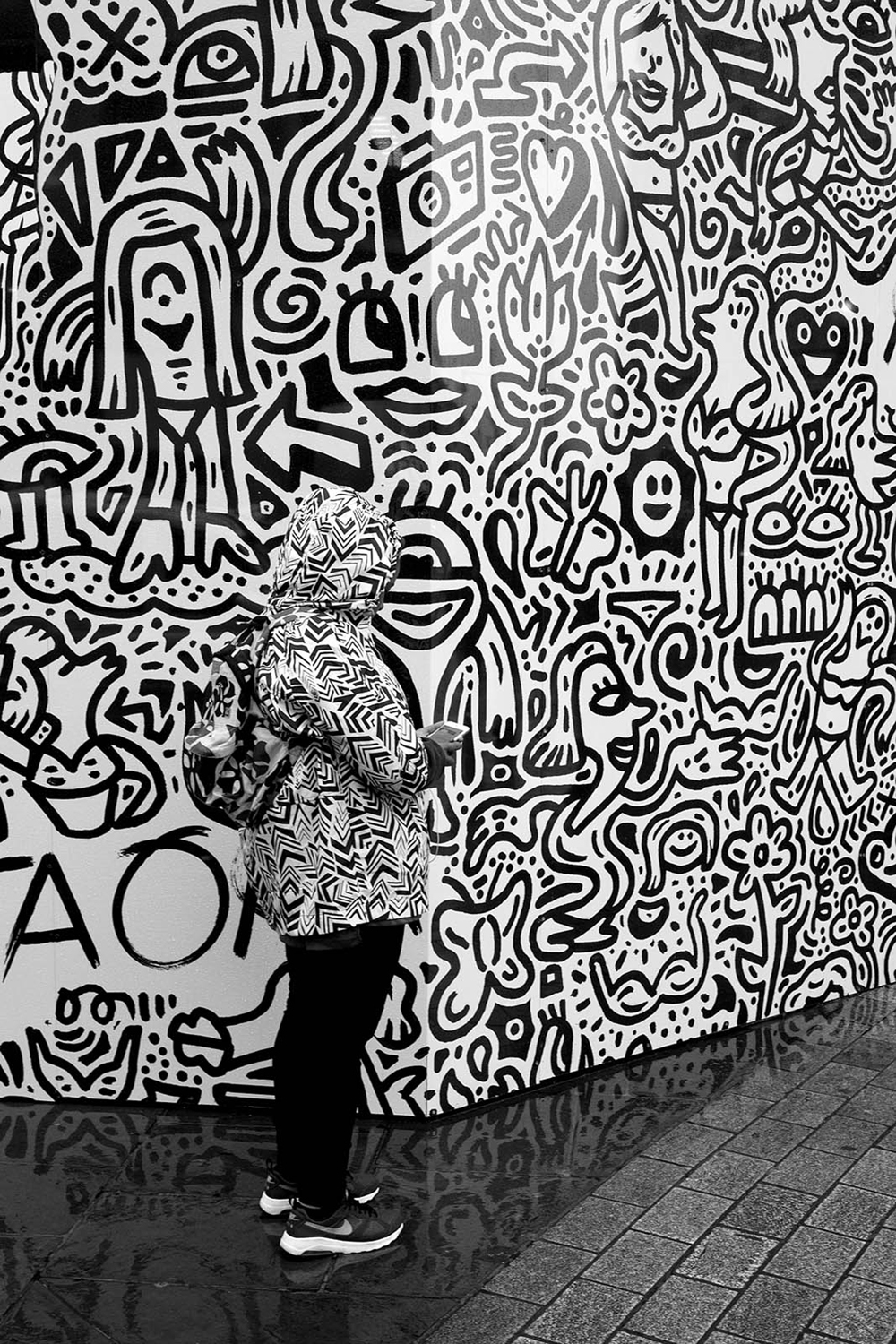
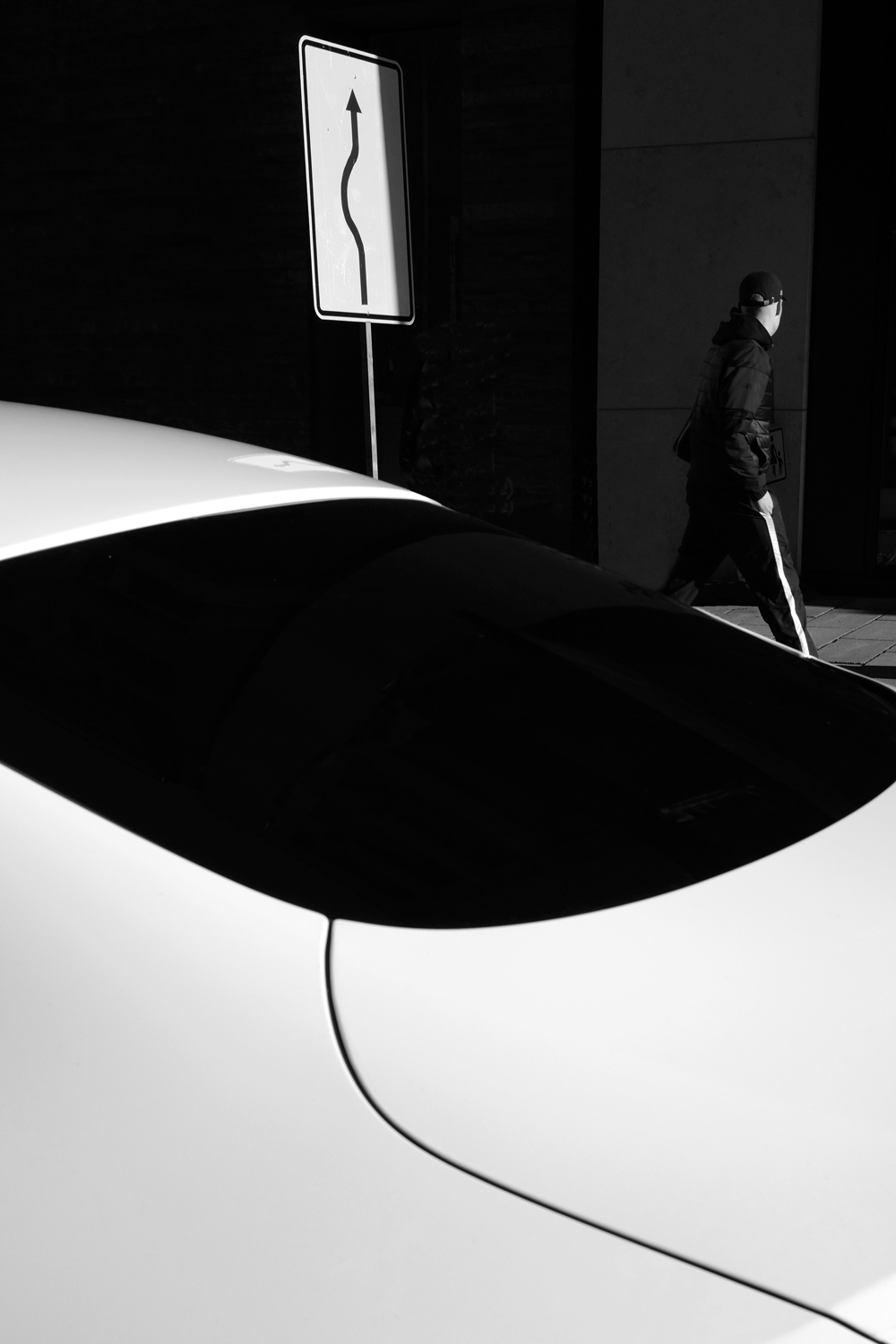
What are you looking forward to?
I hope to be able to photograph for many more years and to be able to successfully pass on my knowledge in my workshops and non-fiction books.
And maybe I find a good gallerist to show and sell my pictures.
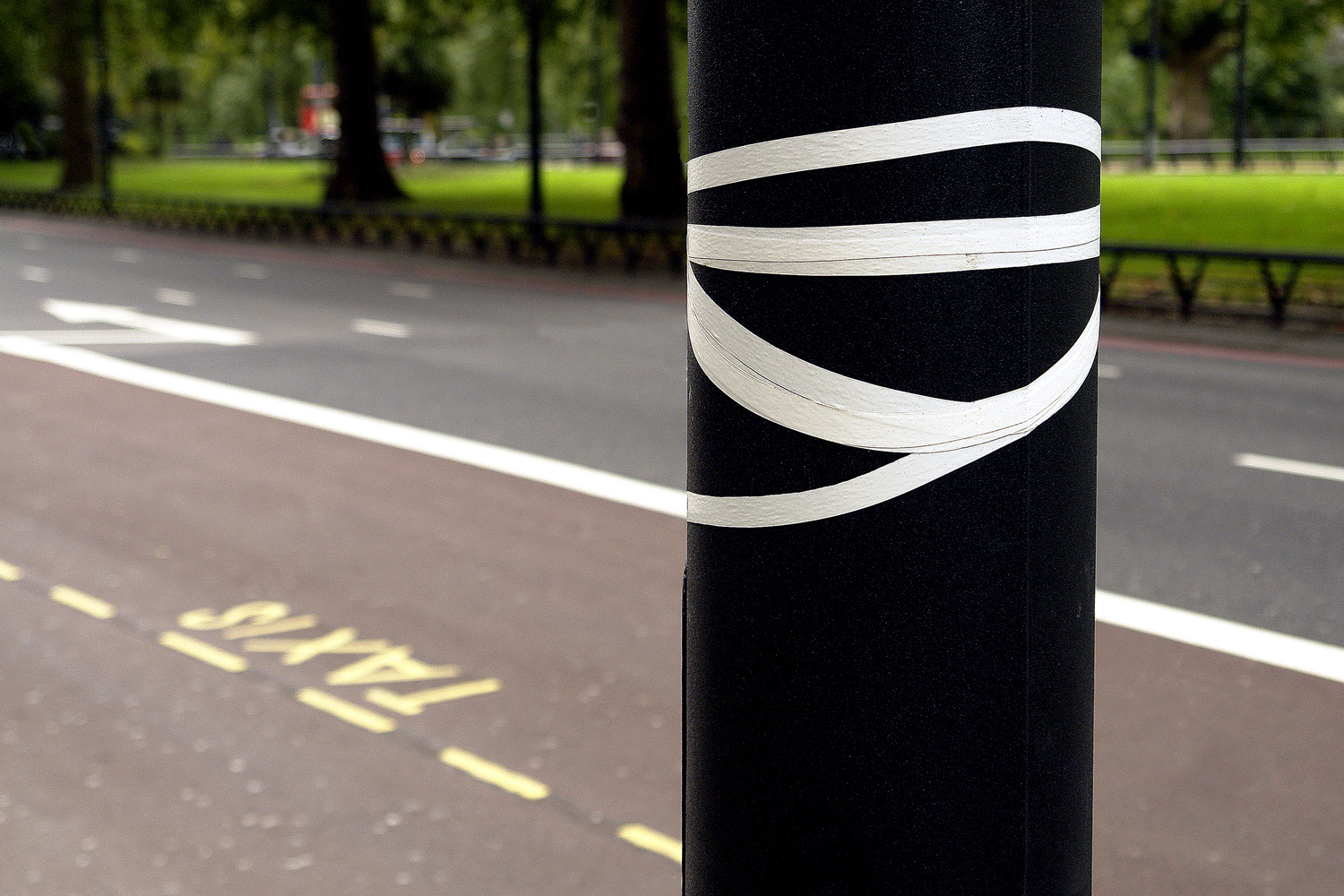
Which other photographers, designers, artists or creative people are you loving at the moment?
I noticed influences by other artists – photographers as well as painters – which I found interesting. For example, the works of Andre Kertesz, Ernst Haas, Henri Cartier Bresson and Ray K. Metzker and painters like Lyonel Feininger and Piet Mondrian. The Bauhaus style inspired me a lot too. Influenced by all these great artists, I finally developed my own style.
Street Photography is my way to create unique images in public spaces, by composing graphics, colours, and fascinating combinations of people and objects in a harmonic but surprising manner. I like the aesthetic of lines, patterns and shapes. I strive to add a “second layer” to a picture, for example, by matching seemingly unconnected elements within my subjectively chosen frame.
But today I am more inspired by single pictures I see on exhibitions or on the internet. I have a special folder where I put these inspirations pictures in.
From time to time, I look at these pictures and use some aspect from the pictures for my style.
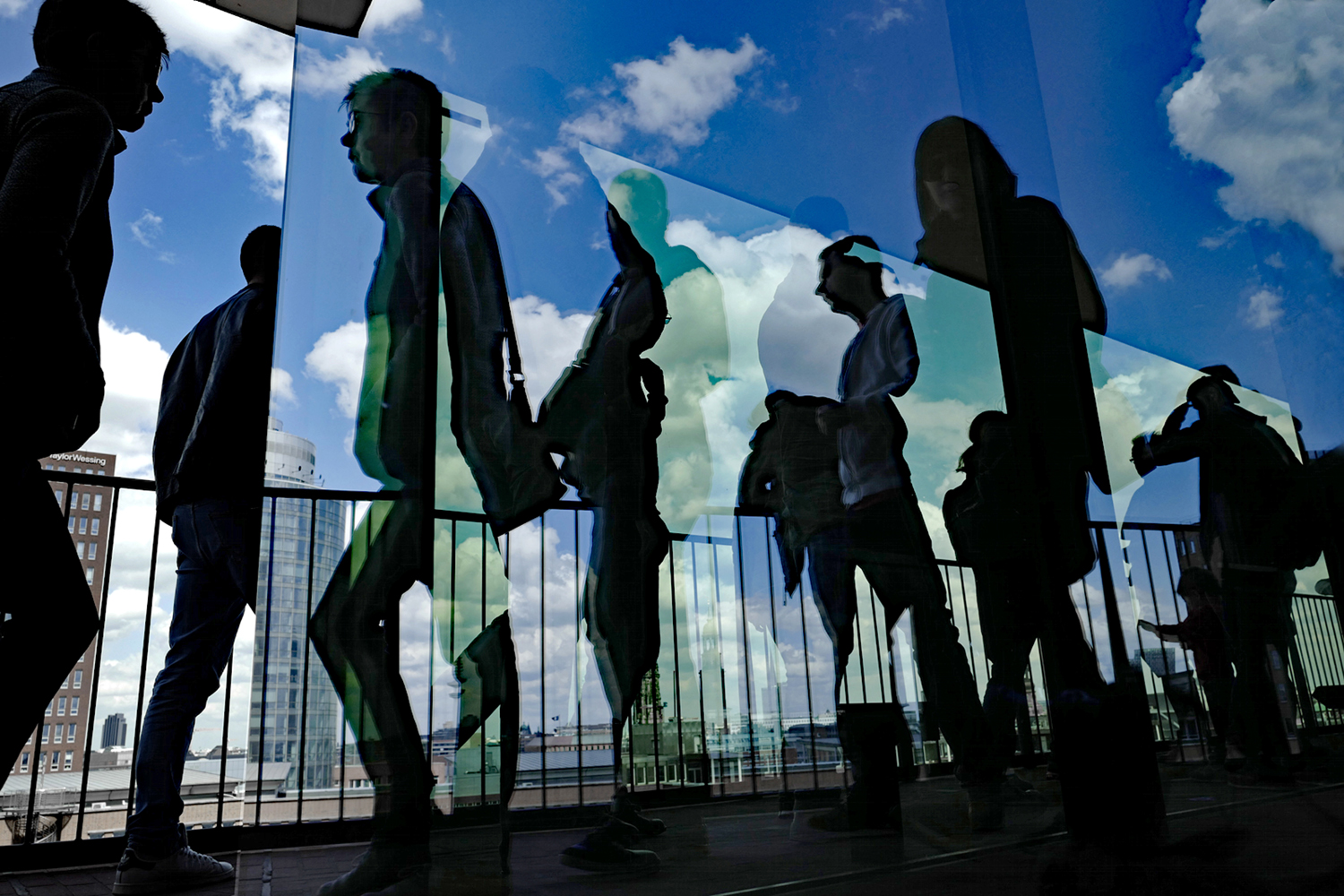
© Pictures by
Siegfried Hansen
